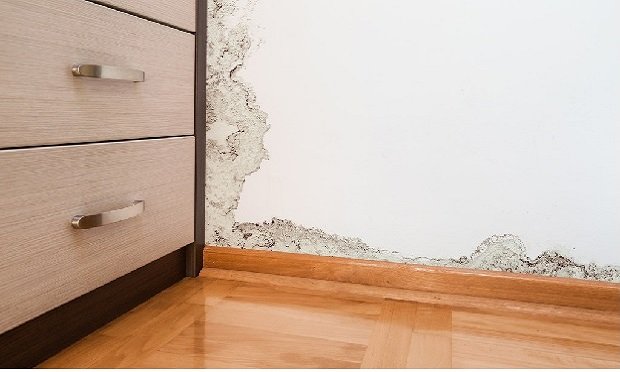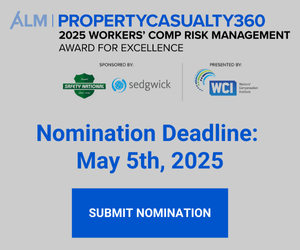 A mold assessment is more than just the collection of samples. It is the practice of evaluating the extent of mold growth and determining the origin and cause of the moisture. (Photo: webeno/Adobe Stock)
A mold assessment is more than just the collection of samples. It is the practice of evaluating the extent of mold growth and determining the origin and cause of the moisture. (Photo: webeno/Adobe Stock)
This is the first of a three-part series discussing the purpose and practical expectations for a mold assessment. The first article will discuss the purpose of a mold assessment and the competence of the professionals performing the assessment. The second article will discuss realistic expectations associated with collecting environmental samples as part of a mold assessment. Lastly, the third article will dive into post remediation verification (PRV) and determining when a mold remediation job is complete.
|The purpose of a mold assessment
What is a mold assessment? If you said "testing" or "air sampling," then your perception of what a mold assessment involves is similar to what many in the industry and the general public think. This is a common misconception as the collection of environmental samples (e.g., air samples, surface samples, bulk samples, etc.) or what is widely known as "testing" is not required to perform a mold assessment at all.
Recommended For You
Want to continue reading?
Become a Free PropertyCasualty360 Digital Reader
Your access to unlimited PropertyCasualty360 content isn’t changing.
Once you are an ALM digital member, you’ll receive:
- Breaking insurance news and analysis, on-site and via our newsletters and custom alerts
- Weekly Insurance Speak podcast featuring exclusive interviews with industry leaders
- Educational webcasts, white papers, and ebooks from industry thought leaders
- Critical converage of the employee benefits and financial advisory markets on our other ALM sites, BenefitsPRO and ThinkAdvisor
Already have an account? Sign In Now
© 2025 ALM Global, LLC, All Rights Reserved. Request academic re-use from www.copyright.com. All other uses, submit a request to [email protected]. For more information visit Asset & Logo Licensing.








